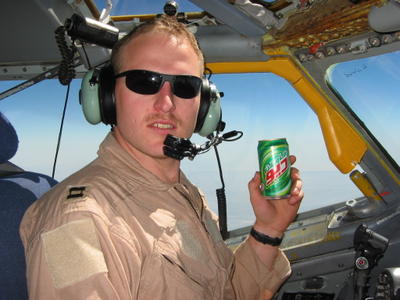On a side note, I have spent a lot of time in hotels lately, and learned that you cannot judge a hotel by the name, the fancy woodwork in the lobby, or the price. Instead, hotels get stars in my book by having fluffy (not cardboard-like towels), blackout curtains in the room, free breakfast beginning at a reasonably early hour, a decent selection of newspapers available at the front desk for no charge and free wired and wireless internet in the rooms.
Recently I have learned the value of all these, and the costs of their absence. The most recent hotel I stayed in had great towels, and three per room. That was a good thing since I had to use one to seal the 2 inch gap under the door (yes, I could fit my hand under it). I had to use another to seal the window (dipped in water and frozen in the gap between the window and the sill, the towel stopped the wind from whistling through). The bed was really nice, but the walls were paper-thin so you could hear a normal volume conversation in the next room over. They had wireless internet, which is nice for some things, but there are times I'd rather have a wired connection for security reasons.
At another hotel recently (well, billeting at Keesler AFB), I had another window that would not seal, and every time it rained, the floor got soaked. There were large black blotches of mold on the walls and a huge hole in the ceiling. Interestingly, I had to pay 2 bucks a day for internet, and the room cost me more than a Hotel 6 room would have off base. Oh, and I had to share a bathroom, the emergency lights in the hall were broken, and someone had carved an expletive into the door. I have some pictures to post later. Sort of funny...
Where was I going with all this? Oh yes, energy.
So the USA today had this article about the need for transmission lines brining power from wind areas to areas that need energy. This brings up another major problem with wind energy: production and use are usually geographically separated. The second order cost of this is additional transmission lines. These lines use resources and are an eyesore, they cost a lot to put in, and the costs are not borne by those who benefit. Additionally, they introduce an additional vulnerability to the grid. Saith the USA Today:
Until now, wind developers have piggybacked on existing wires, says analyst Stow Walker of Cambridge Energy Research Associates. But after wind energy soared 45% last year, spare transmission capacity is depleted. Wind power generates more than 1% of U.S. electricity.Stringing new wires is easier said than done. Wind developers won't go ahead with projects until transmission lines are in place, and utilities are loath to build the lines until they're sure the developers won't back out. Also, the first wind developer in an area is often asked to shoulder much of the $1.5 million-per-mile cost of a high-voltage line.
In Texas, which has about 25% of U.S. wind power, more eye-popping growth in 2008 is expected to push generation past transmission capacity by 65% by year's end, says Bill Bojorquez, vice president of the Electric Reliability Council of Texas, a power-grid manager.
Wind farms will have to compete to be among the lowest bidders to get on the grid, leaving others off. "Clearly we don't want to build wind farms and have them not run," says Horizon Wind Energy executive Denise Hill.
In southwest Minnesota, dozens of wind projects have been proposed to serve the Twin Cities. Even if just 30% of them, with 7,500 megawatts of capacity, are developed, that would far outpace the 2,000 megawatts of transmission capacity planned.
So, diversity is good, but it is important to keep in mind the 2nd and 3rd order effects. There are significant costs to increase the transmission infrastructure capacity, an infrastructure that is already vulnerable to natural disaster and sabotage. Economic incentives are currently focused on generation, not transmission or distribution. In the future we may find this to be a costly oversight.

